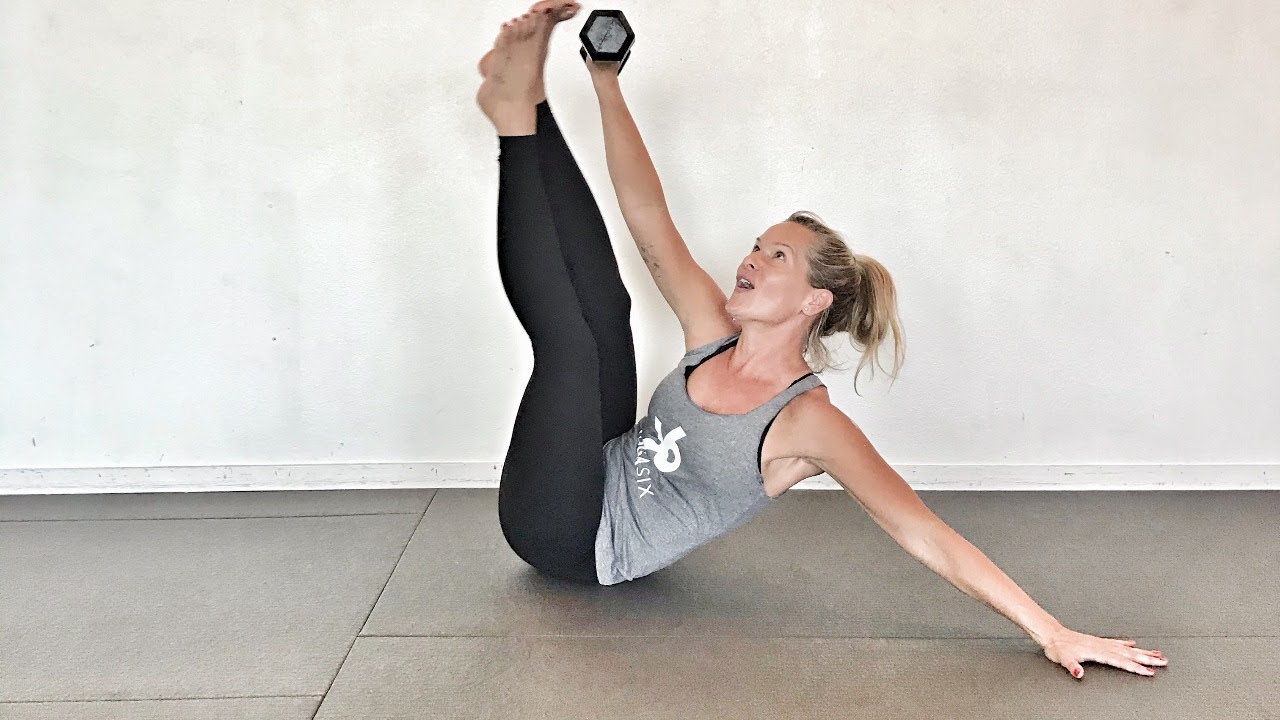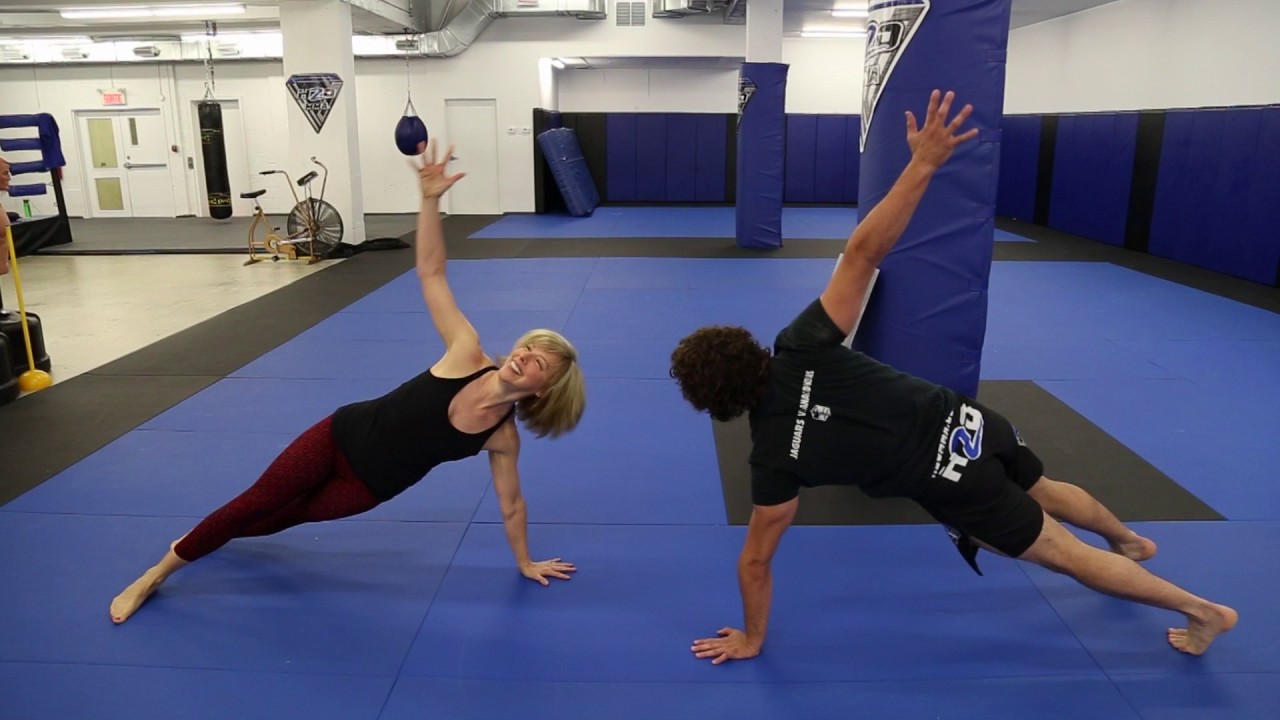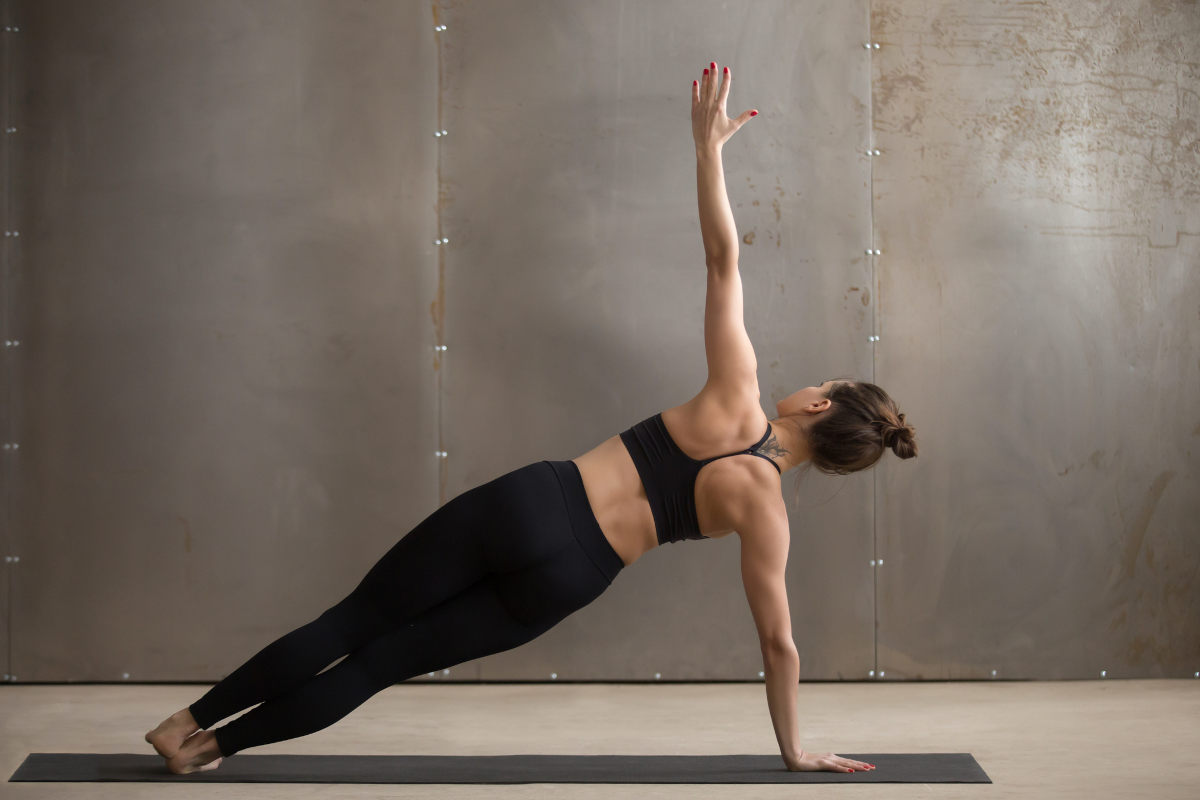Tabata yoga is a fast-paced style of yoga that incorporates high intensity interval training (HIIT) to take traditional yoga to the next level. It typically involves doing yoga poses for 20 seconds of intense work followed by 10 seconds of rest, repeated continuously for 4-minute rounds.
Tabata training was developed by Japanese scientist Dr. Izumi Tabata in 1996 for Olympic athletes. The short, intense interval format has since been adopted for various forms of exercise, including tabata yoga. The aim is to increase cardiovascular endurance, build strength, and boost metabolism in a compressed timeframe. This article will explain what a typical tabata yoga class looks like, the benefits of this training style, and tips for getting started with tabata yoga.

The Tabata Yoga Format
A tabata yoga class structures traditional yoga poses into a challenging interval workout. Here’s what to expect:
Performed in a Heated Studio – The heat and humidity make the workout more intense and mimic hot yoga benefits.
Series of Yoga Poses – Poses like plank, chaturanga, downward dog, warrior II and chair pose are done in succession.
20 Seconds Maximum Exertion – Each pose is held for 20 seconds, focusing on proper alignment while working at maximum effort.
10 Seconds Rest – A brief 10 second rest is given between each intense 20-second pose.
6-8 Poses Per Round – A full tabata round lasts 4 minutes and consists of 6-8 paired poses and rest intervals.

Multiple Rounds – Most tabata yoga classes do 2-5 full 4-minute tabata rounds with no breaks.
Cardio Accelerators – Jumping jacks, mountain climbers or sprints are sometimes added between rounds.
The result is a yoga class that provides cardiovascular, strength and flexibility benefits through sustained high intensity intervals. Let’s look at those benefits more closely.
The Benefits of Tabata Yoga
Combining HIIT and yoga work synergistically to provide these fitness advantages:
More Calorie Burn – The sustained exertion burns up to 20% more calories than traditional yoga.
Improved Endurance – The intensity spikes cardiovascular fitness and endurance.
Full Body Strength – Holding poses like planks and chaturangas builds core and upper body strength.
Increased Flexibility – Yoga poses promote flexibility, which tabata enhances through heat and duration.

Muscle Definition – The intensity sculpts and tones muscles throughout the body.
Elevated Metabolism – Intense intervals can boost metabolism for up to 24 hours post-workout.
If your goal is weight loss, athletic performance, or muscle tone, tabata yoga can help get you there faster. The intervals add a new challenging dimension to a yoga practice.
Tips for Starting Tabata Yoga
Any intense interval training takes some preparation. Here are some tips for tabata yoga beginners:
Start with Beginner Classes – Look for “level 1” tabata yoga classes to ease into the training style, then progress.
Listen to Your Body – There is no shame in taking breaks as needed during the intense portions.

Stay Hydrated – Drink plenty of water before, during and after tabata yoga sessions.
Fuel Properly – Eat a balanced meal 1-2 hours before class for sustained energy.
Use Modifications – Don’t push past your limits. Use modified versions of poses as needed.
Engage Your Core – Draw your navel in toward spine during the intense 20-second intervals.
Focus on Breath – Concentrate on steady breathing during the 10-second recovery periods.
Conclusion
With preparation and practice, tabata yoga can transform your mind and body. The intensity challenges you mentally and physically, taking your yoga practice to new heights. Give this stimulating form of HIIT yoga a try for heightened fitness benefits.
